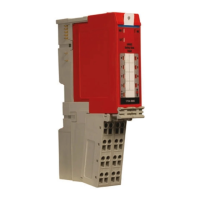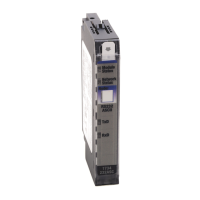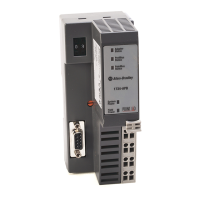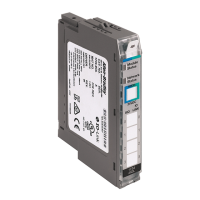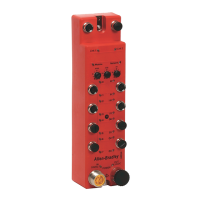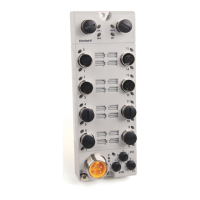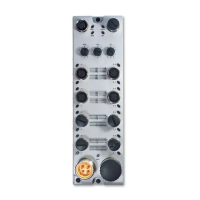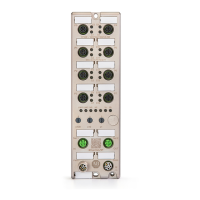90 Rockwell Automation Publication 1734-UM013N-EN-P - September 2017
Chapter 5 Configure the Module in a GuardLogix Controller System
2. Assign the Point Operation Type.
When you choose Equivalent or Complementary, you must also assign a
Discrepancy Time.
A discrepancy time setting of 0 ms means that the channels in a dual
configuration can be discrepant for an infinite amount of time without a
fault being declared.
For a discrepancy time setting of 0 ms, the evaluated status of the inputs
still goes to the safe state due to a ‘cycle inputs’ required condition.
However, with a 0 ms discrepancy time setting, a fault is not declared.
A ‘cycle inputs’ required condition occurs when one input terminal goes
from its normal Active->Inactive->Active state while the other input
terminal remains in its normal Active state. Even though no fault is
declared, the inputs must be cycled through the safe state before the
evaluated status of the inputs can return to the Active state. When in a
‘cycle inputs’ required condition, the logical state does not necessarily
match the voltage at the terminals.
Choose Description
Single Inputs are treated as single channels.
Dual-channel safety inputs can be configured as two individual single channels.
This configuration does not affect pulse tests because it is handled on an
individual channel basis.
IMPORTANT: Use single-channel mode when you intend to use the GuardLogix
safety application instructions.
Equivalent Inputs are treated as a dual-channel pair. The channels must match within the
discrepancy time or an error is generated.
Complementary Inputs are treated as a dual-channel pair. They must be in opposite states within
the discrepancy time or an error is generated.
Configuring discrepancy time on safety I/O modules masks input
discrepancies that the controller safety instructions detect. The
controller reads status to obtain this fault information.

